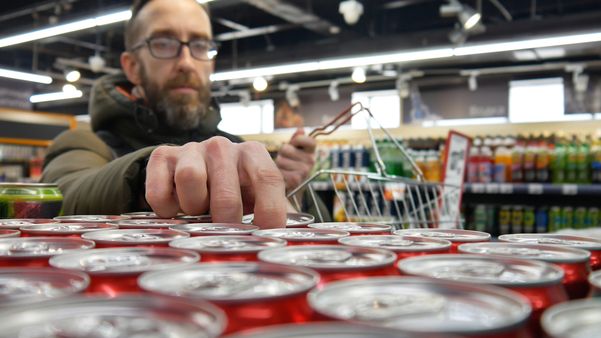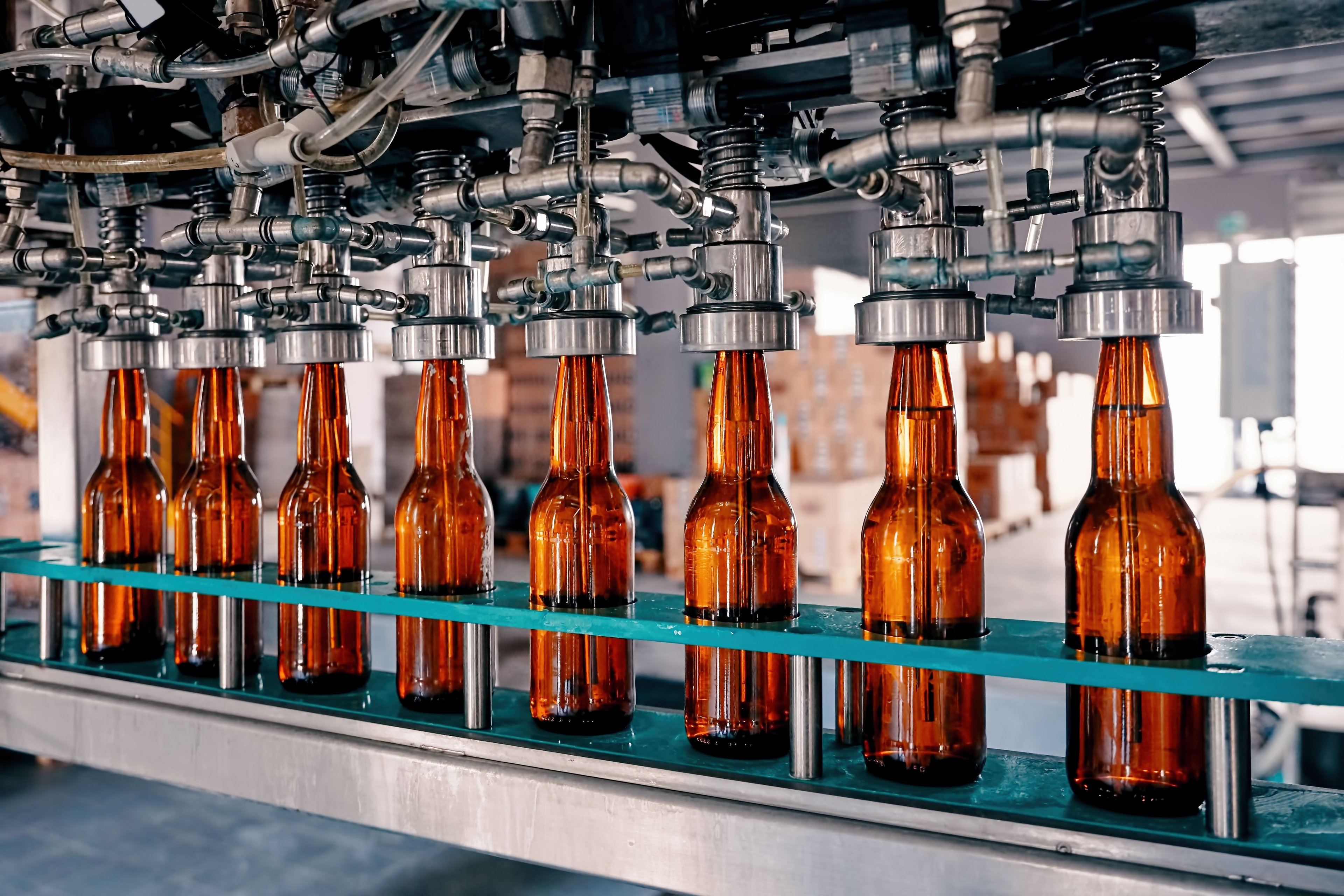Boston Beer's (SAM 2.01%) Samuel Adams brand helped to redefine beer and kick off the craft beer revolution in the United States. Success breeds competition, though, and while just a few years ago Boston Beer had a claim over most of the craft beer shelf, today the field is crowded. Can Boston Beer rise above the rest, or will it be squeezed between small local breweries on one side and global beer giants on the other? To help you decide, we've compiled a premium research report filled with everything you need to know about Boston Beer's prospects. Today, you can read the following free sample of this report, detailing some of the opportunities that could propel Boston Beer even higher.
Secular growth in craft beverages
Mankind has been enjoying beer for at least 5,000 years, so it's safe to say that beer is a "mature market." Accordingly, overall beer sales in the United States have been flat or even slightly down over the past decade as more drinkers have switched to wine and spirits. What has been growing remarkably, however, is a category called "Better Beer," which includes craft brewers like Boston Beer, imports like Weihenstephaner, and specialty brews from major brewers like Molson Coors' Blue Moon brand. These beers share a focus on higher-quality ingredients, slower brewing methods, and higher price tags.
The domestic craft brew segment alone, which excludes any craft-like beer made by a major brewer, has been growing in the low double digits for several years. Craft beer accounted for nearly 6% of all American beer sales by volume in 2011, nearly doubling over a five-year period. The higher price of Better Beers means that a 6% volume share translated into a 9% share of all dollars spent on beer.
As the largest craft brewer, Sam Adams is a first mover and an industry leader in a market that is growing rapidly. And it's not just craft beer either: Boston Beer has seen terrific growth in its Angry Orchard brand of hard cider. That market is currently just 0.2% the size of the beer market, but that's changing fast. American hard cider sales are up 65% over the last year alone. The potential mature market for cider could be vast. In England and Ireland, certainly no slouches in beer consumption, hard cider sales are about 15% to 20% of beer sales. While America's thirst for cider may never reach that level of penetration, even a small portion of that would provide a long growth runway for Angry Orchard.
Distribution
While Boston Beer's distribution network is pretty measly compared to fabled logistics operators like Anheuser-Busch InBev or Diageo, the company does have the best national distribution of any other true craft brewer. That's an important advantage, as the field has grown crowded: Since 1980, the number of American breweries has grown from under 100 to over 2,100. About 770 of these are craft breweries who sell beer off-site, but with distribution often limited to a single metropolitan area, only a handful of craft brewers have the ability to compete with Sam Adams on a national scale.
Boston Beer has used this strength to quickly break into new markets. Recognizing the popularity of flavored malt beverages, Boston Beer launched its Twisted Tea brand in 2001, and has since expanded the brand into seven flavors that, as of 2012, are available in all 50 states. Similarly, Boston Beer launched its Angry Orchard line of hard ciders in 2011, and it has already achieved national distribution, beating competing craft ciders into many markets.
Recently, Boston Beer has looked to turn its distribution system into a major competitive advantage by introducing the Freshest Beer Program, which seeks to reduce the amount of time Boston Beer products spend in wholesalers' warehouses through better on-time service, forecasting, and production planning. Boston Beer believes that the program will not only benefit its wholesale partners by requiring less warehouse space, but will also benefit the brand by ensuring that Sam Adams products are the freshest beers on the market. The program has been expensive to implement, but its success could provide a crucial competitive advantage for Boston Beer.
We hope you enjoyed this sample of our new premium research report on Boston Beer, which also includes a breakdown of the most important areas investors need to watch, an analysis of the risks facing Boston Beer, and three key reasons to buy or sell the stock. To gain access to the complete report and a full year of analyst updates, just click here and keep reading.






